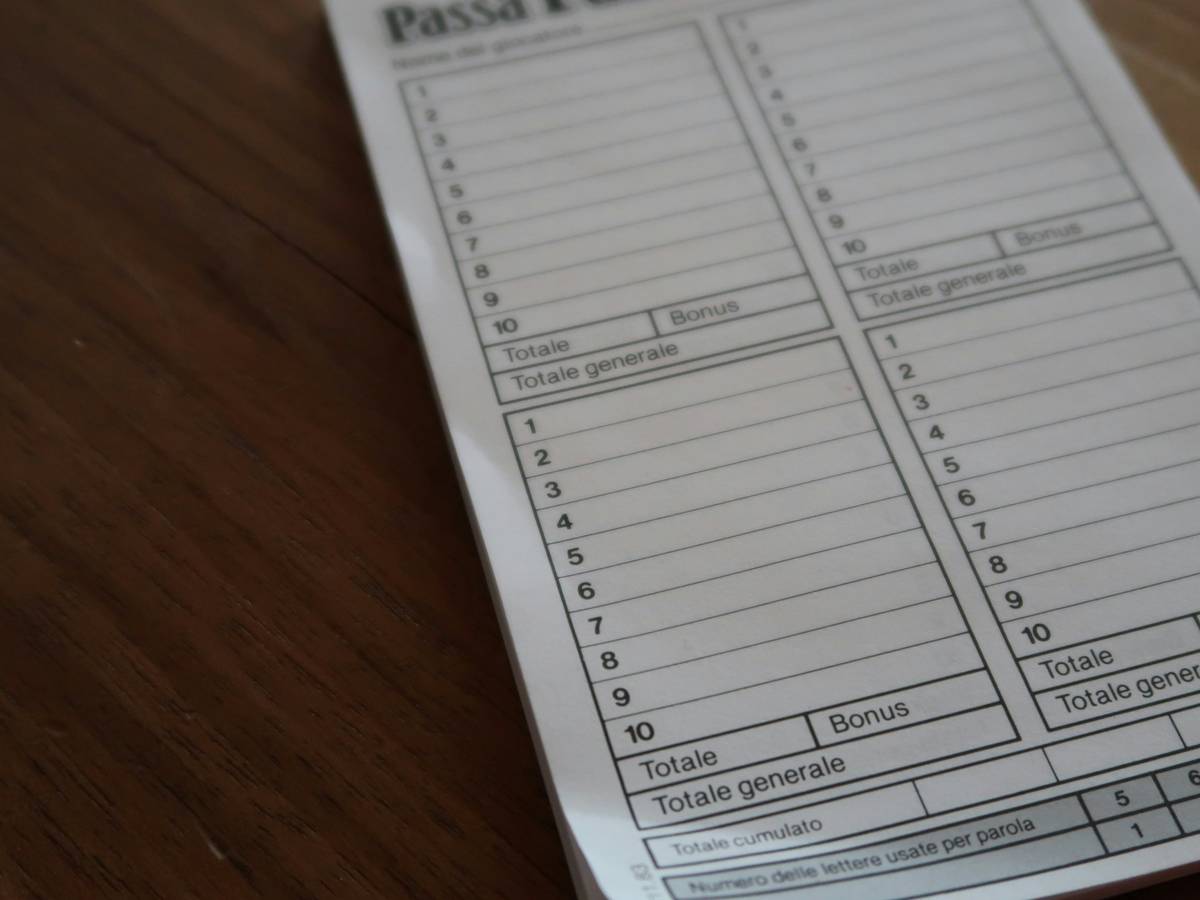Ever received a denied claim for long-term care insurance and felt like throwing your laptop out the window? Yeah, us too.
Long-term care insurance is supposed to provide peace of mind. But what happens when the “care claim payment” process feels more like an obstacle course than a lifeline? In this guide, we’ll tackle everything from understanding why claims get rejected to ensuring you’re maximizing every dollar owed to you. You’ll learn:
- Why care claim payments are tricky (and how to avoid pitfalls).
- A step-by-step breakdown of filing a successful claim.
- Tips and best practices to stay ahead of the game.
- Real-life examples where people turned rejections into approvals.
Table of Contents
- Key Takeaways
- The Problem with Care Claim Payments
- Step-by-Step to Filing a Successful Care Claim
- Top Tips for Maximizing Care Claim Payments
- Real-World Examples of Care Claim Payment Wins
- FAQs About Care Claim Payments
Key Takeaways
- Denied care claim payments often stem from incomplete documentation or misunderstandings about policy terms.
- Filing correctly requires attention to detail, persistence, and knowledge of your policy’s fine print.
- Working with experts, such as elder law attorneys or patient advocates, can boost approval odds.
- Your rights as a policyholder include appealing denied claims—but act fast!
The Problem with Care Claim Payments
I’ll admit it—I once spent hours filling out forms only to have my long-term care claim denied because I didn’t include one measly doctor’s note. Talk about rage-inducing. And guess what? It’s not just me; studies show that nearly 30% of initial long-term care insurance claims face denial due to preventable errors.
“Optimist You:” ‘This will be easy, right?’
“Grumpy Me:” ‘Nope, buckle up for bureaucracy.’
So, why does this happen so frequently?
- Policies are packed with exclusions and conditions that most folks skim over.
- Insurance providers require hyper-specific documentation (think hospital records, treatment plans, etc.).
- There’s confusion around what qualifies as “necessary” care under different policies.

This image perfectly captures the headache of navigating piles of paperwork to secure your care claim payment.
Step-by-Step to Filing a Successful Care Claim
If you’re ready to file—or appeal—a care claim payment, follow these steps:
Step 1: Review Your Policy Thoroughly
No skipping this part. Pull out your policy (yes, even if it’s 50 pages) and highlight any clauses related to coverage, qualifying events, and required documentation.
Step 2: Gather Documentation Like a Pro
Create a checklist of EVERYTHING your insurer might need:
- Proof of diagnosis (doctor’s notes, lab results).
- Itemized bills or receipts for services rendered.
- Letters of medical necessity from healthcare providers.

Ensure all documents clearly outline the connection between the care provided and your policy requirements.
Step 3: Submit via the Insurer’s Preferred Channel
Follow their rules down to the letter—whether by mail, email, or portal upload. Double-check deadlines!
Step 4: Follow Up Regularly
Mark reminders in your calendar to call weekly until your application moves forward. Persistence pays off here.
Top Tips for Maximizing Care Claim Payments
- Know Your Policy Inside Out: Seriously, become BFFs with those tiny fonts.
- Hire Help When Needed: Patient advocates specialize in decoding insurance jargon.
- Keep Detailed Records: Organize files chronologically and keep backups digitally and physically.
- Avoid Common Mistakes: Like sending partial documents—always send full sets.
- Be Prepared to Appeal: Denied? File an appeal ASAP, ideally within 60 days.
Now, let’s vent real quick: WHY do insurers make it feel impossible to submit a simple claim?! Oh well… moving on.
Real-World Examples of Care Claim Payment Wins
Take Jane Doe (yes, fictional but totally plausible): After her mother was diagnosed with Alzheimer’s, she fought tooth and nail against repeated denials. By hiring an elder care attorney and meticulously resubmitting evidence, she secured $100,000+ annually for home health aides. Chef’s kiss.
Sounds like victory bells ringing—not the sound of whirring laptops mid-render anymore.
FAQs About Care Claim Payments
What Should I Do If My Care Claim Payment Is Denied?
Gather missing info, review rejection reasons thoroughly, then file an appeal—quickly!
How Long Does It Take to Process a Care Claim Payment?
Processing times vary, but expect 30–90 days unless otherwise stated in your policy.
Can I Negotiate My Care Claim Payment Amount?
Sort of. While amounts aren’t negotiable post-approval, catching discrepancies early helps.
Conclusion
Securing your care claim payment isn’t rocket science—it’s more like assembling IKEA furniture without instructions. Painstaking yet doable. Remember:
- Understand your policy.
- Document obsessively.
- Stay persistent.
And voilà—you’re armed to conquer the labyrinthine world of long-term care insurance.
Life’s unpredictable twists remind us of Tamagotchis—daily nurturing keeps things alive… and profitable.


